Approved by AICTE, Recognised by Govt. and Affiliated to VTU, Accredited ‘A’ level by NAAC.
Dwarakanagar,Bagalur Main Road, Yelahanka, Bangalore-560063
Approved by AICTE, Recognised by Govt. and Affiliated to VTU, Accredited ‘A’ level by NAAC.
Dwarakanagar,Bagalur Main Road, Yelahanka, Bangalore-560063
To inculcate the engineering professionalism along with Universal Human Values among the students to meet the needs of the global scenario.
To achieve academic excellence in Electronics and Communication Engineering through state of the art learning environment.
Nurturing the spirit of Innovation, Research and Development among Faculty and Students by creating opportunities to interact with personnel in various academia and industry.
Motivating students with value based skills and ethics to make them responsible citizens in extending their technical skills and knowledge to meet the needs of the society.
PEO1: To provide an academic and research environment in which the students as well as faculty can interact intensively to assimilate the technical skills and knowledge.
PEO2: To impart quality technical (theoretical and Practical) education in the field of Electronics and Communications in collaboration with academia, industry and research organizations (to encourage/ nurture the creativity and innovative ideas among the students).
PEO3: To inculcate academic and professional engineering qualities among the students and faculty to have commitment in continuous learning to cope up with the challenging and evolving technologies to meet the needs of the global market/ scenario.
PEO4: To nurture and disseminate leadership qualities among the students with moral, ethical and multidisciplinary knowledge to achieve excellence in professional life and contribute to the nation.
At the end of the B.E Electronics & Communication Engineering program, students are expected to have developed the following program specific outcomes.
PSO1: Specify, design, build and test analog, digital and embedded systems for signal processing
PSO2: Understand and architect wired and wireless analog and digital communication systems as per specifications, and determine their performance.
|
PO 1 |
Engineering knowledge : Apply the knowledge of mathematics, science, engineering fundamentals, and an engineering specialisation to the solution of complex engineering problems. |
|
PO 2 |
Problem analysis : Identify, formulate, research literature, and analyse complex engineering problems reaching substantiated conclusions using first principles of mathematics, natural sciences, and engineering sciences. |
|
PO 3 |
Design/development of solutions : Design solutions for complex engineering problems and design system components or processes that meet the specified needs with appropriate consideration for the public health and safety, and the cultural, societal, and environmental considerations. |
|
PO 4 |
Conduct investigations of complex problems : Use research-based knowledge and research methods including design of experiments, analysis and interpretation of data, and synthesis of the information to provide valid conclusions |
|
PO 5 |
Modern tool usage : Create, select, and apply appropriate techniques, resources, and modern engineering and IT tools including prediction and modelling to complex engineering activities with an understanding of the limitations. |
|
PO 6 |
The engineer and society : Apply reasoning informed by the contextual knowledge to assess societal, health, safety, legal, and cultural issues and the consequent responsibilities relevant to the professional engineering practice. |
|
PO 7 |
Environment and sustainability : Understand the impact of the professional engineering solutions in societal and environmental contexts, and demonstrate the knowledge of need for sustainable development. |
|
PO 8 |
Ethics : Apply ethical principles and commit to professional ethics and responsibilities and norms of the engineering practice. |
|
PO 9 |
Individual and team work : Function effectively as an individual, and as a member or leader in diverse teams, and in multidisciplinary settings. |
|
PO 10 |
Communication : Communicate effectively on complex engineering activities with the engineering community and with society at large, such as, being able to comprehend and write effective reports and design documentation, make effective presentations, and give and receive clear instructions. |
|
PO 11 |
Project management and finance : Demonstrate knowledge and understanding of the engineering and management principles and apply these to one‘s own work, as a member and leader in a team, to manage projects and in multidisciplinary environments. |
|
PO 12 |
Life-long learning : Recognise the need for, and have the preparation and ability to engage in independent and life-long learning in the broadest context of technological change. |
We have evolved ourselves to the changes as per the need of the day and state of the art technologies. We have transformed our teaching techniques from black board to hands on experience and ICT learning. The infrastructure of the department has been upgraded to meet the global standards in technological challenges with State of the art Computers & Advanced Software Tools like MATLAB & Cadence VLSI Tool.
With the prime objective of bridging the academic-industrial gaps, the Department has MoU's with the following companies:
To organize guest lectures, placement training and soft skill training to the students.
The department of ECE formed IETE student forum (ISF) on 28/05/2021 with 14 office bearers and IETE Coordinator Mamatha N.P Assistant Professor. Under this ISF we can conduct webinar’s, seminar’s and workshops, etc. On the occasion of IETE foundation day Department of ECE conducted the events like quiz and debate on 29/11/2021 and students from various department were participated. 1st , 2nd , 3rd prizes for both the events were distributed for the winners on IETE foundation day 7/11/2021 held at IETE office Bangalore.
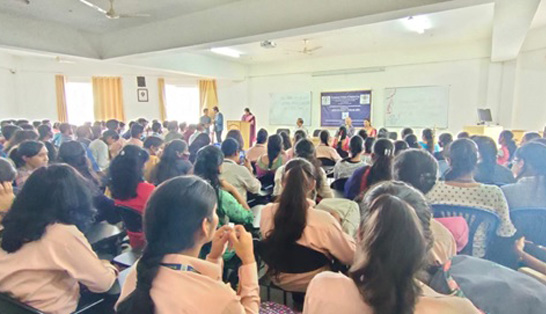

3rd to 8th Semester BE – B.E –Electronic & Communication Engineering Scheme of Teaching and Examinations Outcome Based Education (OBE) and Choice Based Credit System (CBCS) (Effective from the academic year 2018 – 19)
General Criteria:
| Subject Code | Course Outcomes (CO’s) |
|---|---|
|
18MAT31 |
1.Use Laplace Transform and Inverse Laplace Transform in solving
differential/integral equation arising in network analysis, control systems
and other fields of engineering. |
|
18EC32 |
1. Determine currents and voltages using source transformation/source
shifting/mesh/nodal analysis and reduce given network using star delta
transformation/source transformation/source shifting. |
|
18EC33 |
1. Understand the principles of semiconductor physics. |
|
18EC34 |
1. Explain the concept of combinational and sequential logic circuits. |
|
18EC35 |
1. Explain the basic organization of a computer system. |
|
18EC36 |
1. Build and test circuits using power electronic devices. |
|
18ECL37 |
1. Recognize and Demonstrate functioning of semiconductor power
devices. |
|
18ECL38 |
1. Design, realize and verify Demorgan's theorem, SOP, POS forms. |
|
18KVK28/39/49 |
At the end of the course, the student will be able to understand kannada and communicate in kannada language |
|
18CPC39/49 |
1. Describe and analyze role and salient features of the Indian
Constitution. |
|
18MAT41 |
1. Use the concepts of analytic function and complex potentials to solve
the problems arising in electromagnetic field theory. |
|
18EC42 |
1. Understand the characteristics of BJTs and FETs. |
|
18EC43 |
1. Develop the mathematical model of mechanical and electrical systems. |
|
18EC44 |
1. Analyze and evaluate single and multiple random variables. |
|
18EC45 |
1. Analyze the different types of signals and systems. |
|
18EC46 |
1. Explain the difference between Microprocessors and Microcontrollers,
architecture of 8051 microcontroller, interfacing of 8051 to external
memory and instruction set of 8051. |
|
18ECL47 |
1. Enhance programming skills using Assembly language and C. |
|
18ECL48 |
1. Analyze frequency response of JFET/MOFET amplifier. |
|
18ES51 |
1. Understand the fundamental concepts of Management and
Entrepreneurs and opportunities in order to setup a business. |
|
18EC52 |
1. Determine response of LTI systems using the time domain and DFT
techniques. |
|
18EC53 |
1. Analyze and compute performance of AM and FM modulation in the
presence of noise at the receiver. |
|
18EC54 |
1.Explain concept of Dependent and Independent source, measure of
information, Entropy,rate of information and order of a source. |
|
18EC55 |
1. Evaluate problems on electrostatic force,electric field due to
point,linear,volume charges by applying conventional methods and chargr
in a volume. |
|
18EC56 |
1. Write verilog programs in gate, dataflow (RTL),behavioral and switch
modeling levels of Abstraction. |
|
18ECL57 |
1. Understand the concepts of analog to digital conversion of signals and
frequency domain sampling of signals. |
|
18ECL58 |
1. Write the verilog/VHDL programs to simulate combinational circuits in
dataflow,Bhavioral,and Gate level Abstractions. |
|
18EC61 |
1. Associate and apply the concepts of Band pass sampling to well
specified signals and channels. |
|
18EC62 |
1. Describe the use and advantages of microwave transmission. |
|
18EC641 |
1. Explain the goals, structure, operation and types of operating systems. |
|
18EC644 |
1. Construct the combinational circuits using discrete gates and
programmable logic devices. |
|
18EC646 |
1. Examine python syntax and semantics and be fluent in the in the use of
python flow control and functions. |
|
18ECL66 |
1. Understand the instruction set of 32 bit microcontroller ARM cortex M3
and software tool required for programming in Assembly and C language. |
|
18ECL67 |
1. Design and test circuits for analog modulation and demodulation
schemes viz,AM FM,etc. |
|
18EC71 |
1. Understand the concept of networking. |
|
18EC72 |
1. Demonstrate understanding of MOS transistor theory, CMOS
fabrication flow and technology scaling. |
|
18EC731 |
1. Explain the fundamentals of real time systems and its classifications. |
|
18EC741 |
1. Understand choice and application of IOT and M2M communication
protocols. |
|
18ECL76 |
1. Choose suitable tools to model a network. |
|
18ECL77 |
1. Design and simulate combinational and sequential digital circuits using
Verilog HDL. |
|
18EC81 |
1. Understand the communication theory both physical and networking
associated with GSM, CDMA, <E 4G systems. |
|
18EC821 |
1. Explain network security services mechanisms and explain security
concepts. |

Associate Professor & HoD
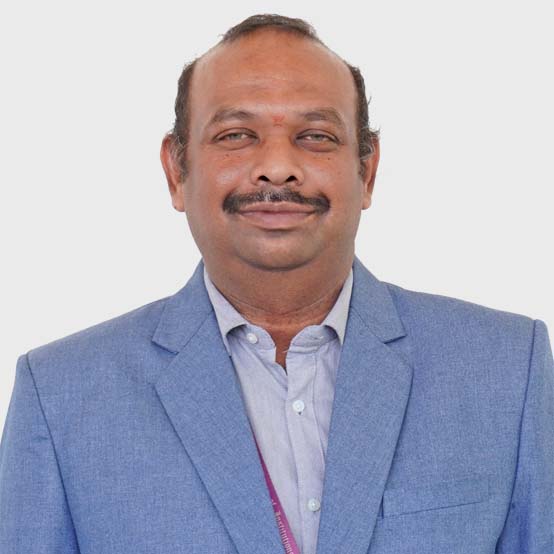
Assistant Professor
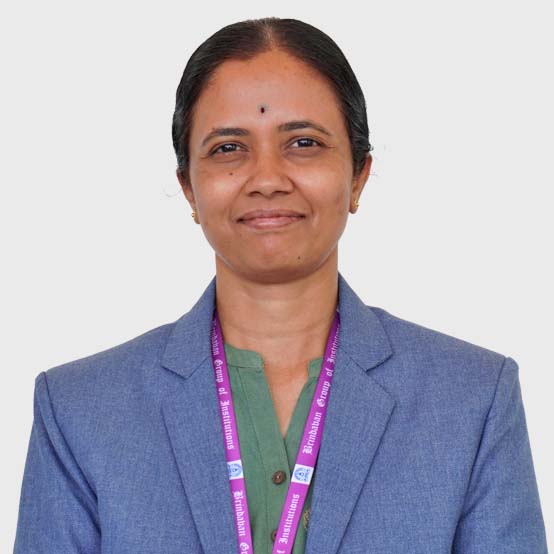
Assistant Professor

Assistant Professor
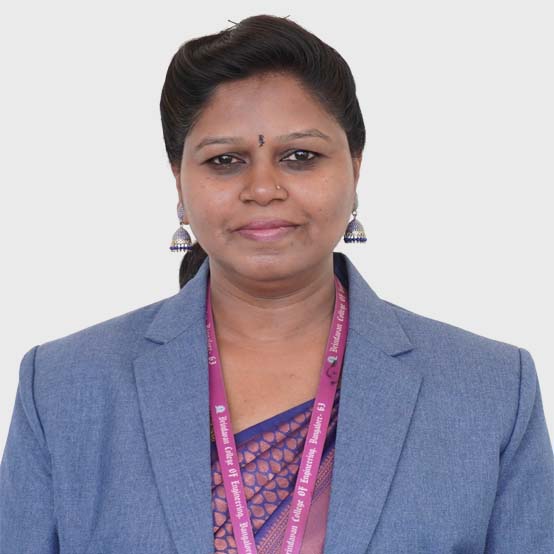
Assistant Professor
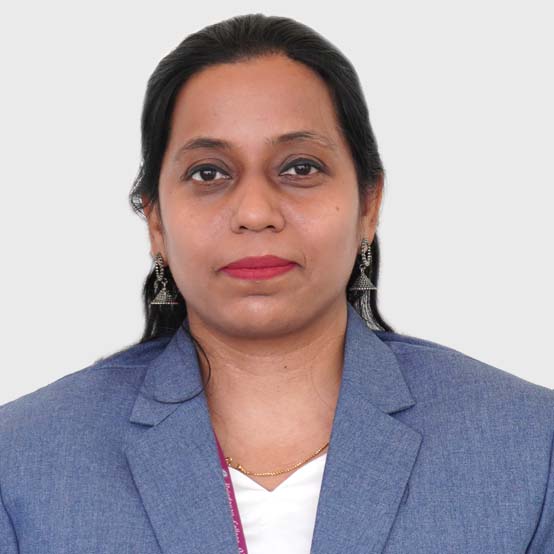
Assistant Professor
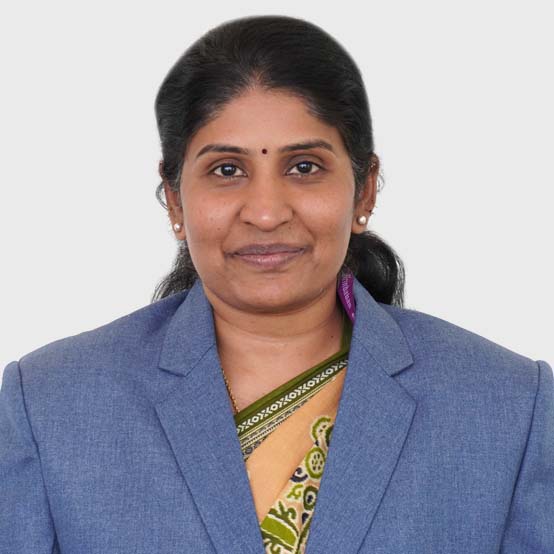
Assistant Professor
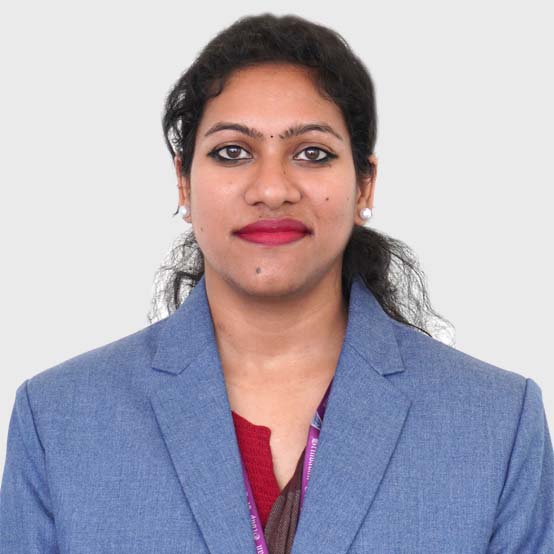
Assistant Professor
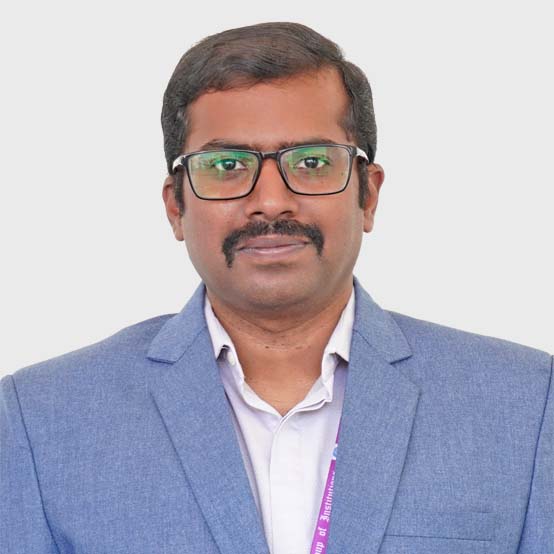
Assistant Professor